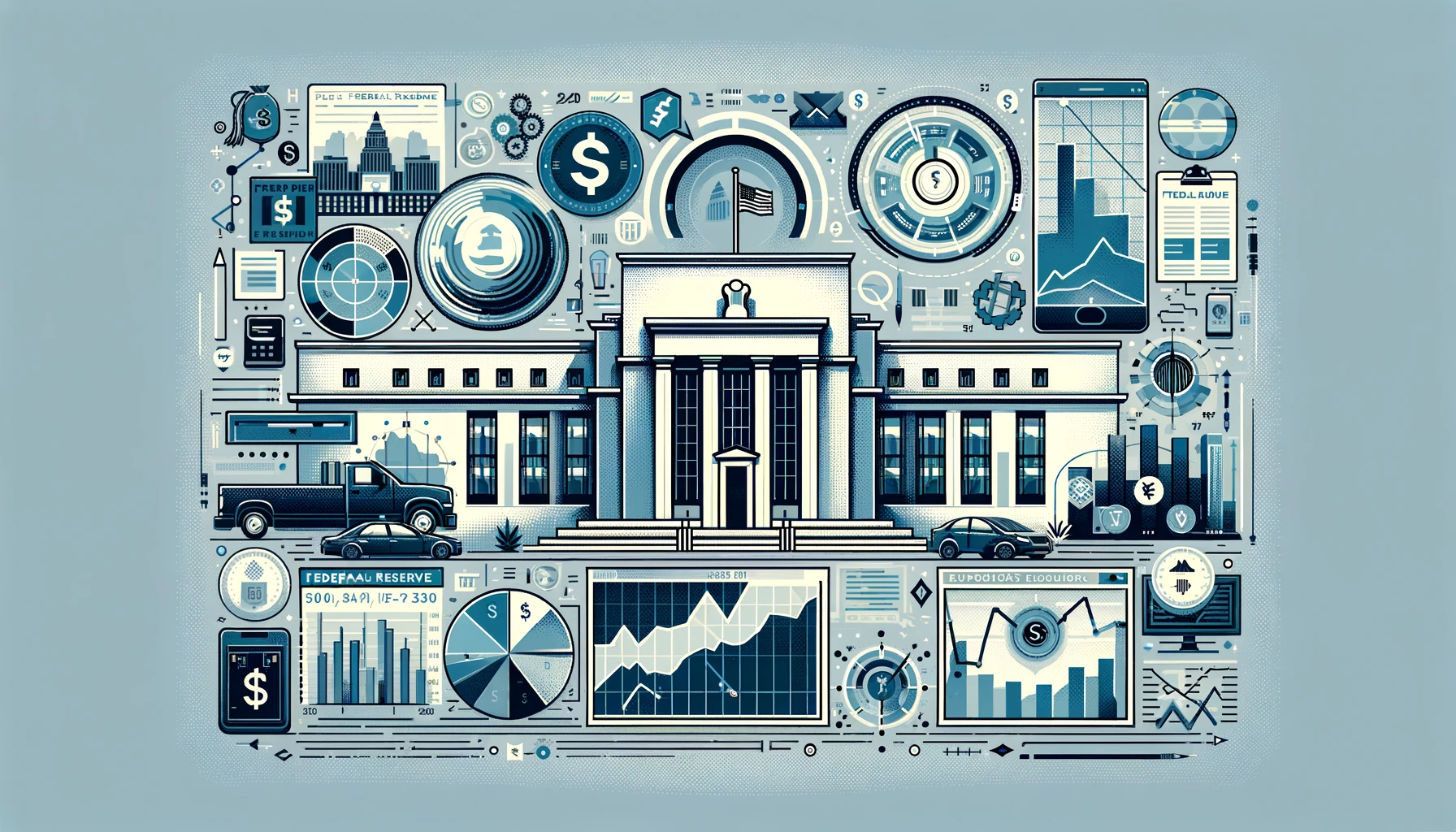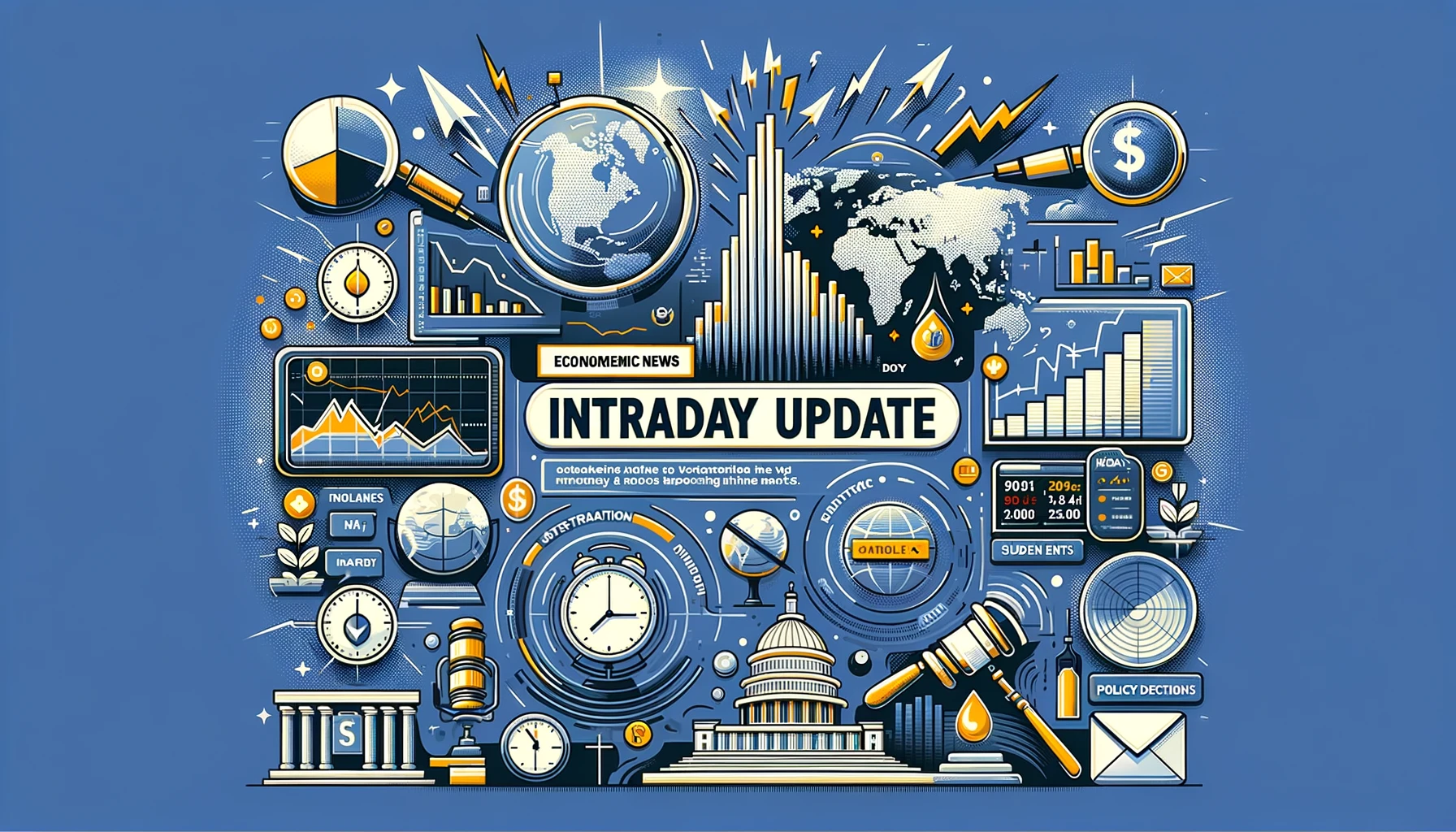The Federal Reserve’s April meeting minutes revealed a persistent unease among Federal Open Market Committee (FOMC) members regarding the stubbornly high inflation rates, casting doubts on the anticipated easing of the policy rates anytime soon. Despite previous easing trends, inflation remains resilient, challenging the Committee’s 2% target.
Key Highlights from the FOMC Minutes:
- Inflation Worries: FOMC members noted that despite a year-over-year reduction in inflation, recent months have not shown significant progress toward the 2% inflation goal. The discussion highlighted that both goods and services sectors are contributing to this sustained inflation pressure, which remains above the Fed’s comfort zone.
- Policy Adjustment Readiness: There is an ongoing readiness among various participants to tighten monetary policy further if inflation risks materialize in such a manner that necessitates such action. This indicates that rate hikes could still be on the table if inflation does not trend towards target levels.
- Economic Indicators: The minutes followed various economic indicators showing that inflation was more persistent than initially anticipated at the start of 2024. This has led to a unanimous decision to maintain the benchmark rate at a range of 5.25%-5.5%, underscoring a cautious approach towards any potential rate cuts.
- Market Reaction: Post-release of the minutes, stock markets showed negative movements while Treasury yields edged higher, reflecting the market’s reaction to the Fed’s cautious stance on inflation and interest rate adjustments.
- Long-term Economic Outlook: The Fed officials expressed a mixed economic outlook with some incremental signs of inflation progress noted in April’s consumer price index, which suggested a slight deceleration. However, core inflation excluding food and energy remains a concern due to its less than anticipated reduction.
Market Implications and Expectations:
- Interest Rate Expectations: The markets have adjusted their expectations regarding the timing and likelihood of rate cuts. The probability of a rate cut in September remains, but confidence in multiple rate reductions within the year has waned, with a less than even chance now seen for a second cut in December.
- Continued Vigilance on Inflation: Fed officials are closely monitoring inflation dynamics, particularly the core inflation which excludes volatile items such as food and energy. The persistence of inflation in services and certain goods categories suggests that the path to achieving the inflation target might be prolonged and bumpy.
- Consumer and Business Sentiment: The impact of inflation on consumer behavior and business sentiment is closely watched, with increasing concerns about the financial strain on low- and moderate-income households. This socioeconomic segment appears increasingly reliant on credit, with rising delinquencies in some consumer loan categories.
- Global Economic Conditions: The minutes also touched on the global economic slowdown, with varying impacts across the U.S.’s major trading partners. Notably, while the U.S. shows some resilient economic activities, other advanced economies are experiencing more pronounced weaknesses.
Forward-Looking Statements:
Looking ahead, the Fed maintains a cautious but flexible approach to monetary policy, indicating that future decisions will be heavily data-dependent. The Fed’s dual mandate of fostering maximum employment and stabilizing prices guides their cautious navigation through current economic uncertainties. Market participants should prepare for potential volatility as new economic data comes to light, influencing the Fed’s assessment and subsequent policy decisions.
In conclusion, the Fed’s latest meeting minutes underscore a guarded approach to monetary easing, with potential tightening actions not off the table should inflationary pressures not subside as hoped. Investors and analysts alike will need to stay tuned to upcoming economic reports for further clues on the Fed’s monetary policy trajectory.




